Unlock Your Business Potential with a Profit Margin Analyzer
Running a business is no small feat, and understanding your financial health is the foundation of sustainable growth. Many entrepreneurs overlook the power of digging into their numbers, but that’s where profitability analysis comes in. By breaking down revenue, costs, and expenses, you can pinpoint exactly where your money is going and how much you’re truly earning. This kind of clarity isn’t just nice to have—it’s essential for making informed decisions.
Why Profitability Matters
Whether you’re a startup founder or managing an established company, knowing your margins helps you stay competitive. A tool that calculates both gross and net profits offers a quick way to assess performance without needing a finance degree. You’ll see at a glance if your pricing strategy is working or if overhead costs are eating into your earnings. Beyond that, these insights can guide conversations with investors or lenders, showing them you’ve got a handle on your bottom line.
Take Control of Your Finances
Don’t leave your success to guesswork. Regularly evaluating your financial metrics empowers you to adapt, cut unnecessary expenses, and focus on what drives growth. Start today, and turn raw data into a roadmap for smarter business choices.
FAQs
What’s the difference between Gross and Net Profit Margin?
Great question! Gross Profit Margin shows the percentage of revenue left after covering direct costs, like materials or labor. It’s a snapshot of how efficiently you’re producing goods. Net Profit Margin, on the other hand, accounts for all expenses—direct and indirect, like rent or advertising. It reflects your overall profitability after everything’s paid. Think of Gross as your production efficiency and Net as your bottom line.
Why does the tool show an error when revenue is zero?
If your revenue is zero, the tool can’t calculate meaningful percentages for margins since we’d be dividing by zero. It’s a mathematical no-go! Instead, we display an error message to let you know the input needs adjusting. Pop in a realistic revenue figure, even if it’s a projection, and you’ll get full results to work with.
How can I use these results to improve my business?
The insights from this tool are a goldmine for decision-making. If your Gross Profit Margin is low, you might need to negotiate better supplier deals or raise prices. A slim Net Profit Margin could mean it’s time to trim operating expenses—maybe cut back on non-essential subscriptions. Use these numbers as a starting point to dig deeper into your finances and make strategic moves.



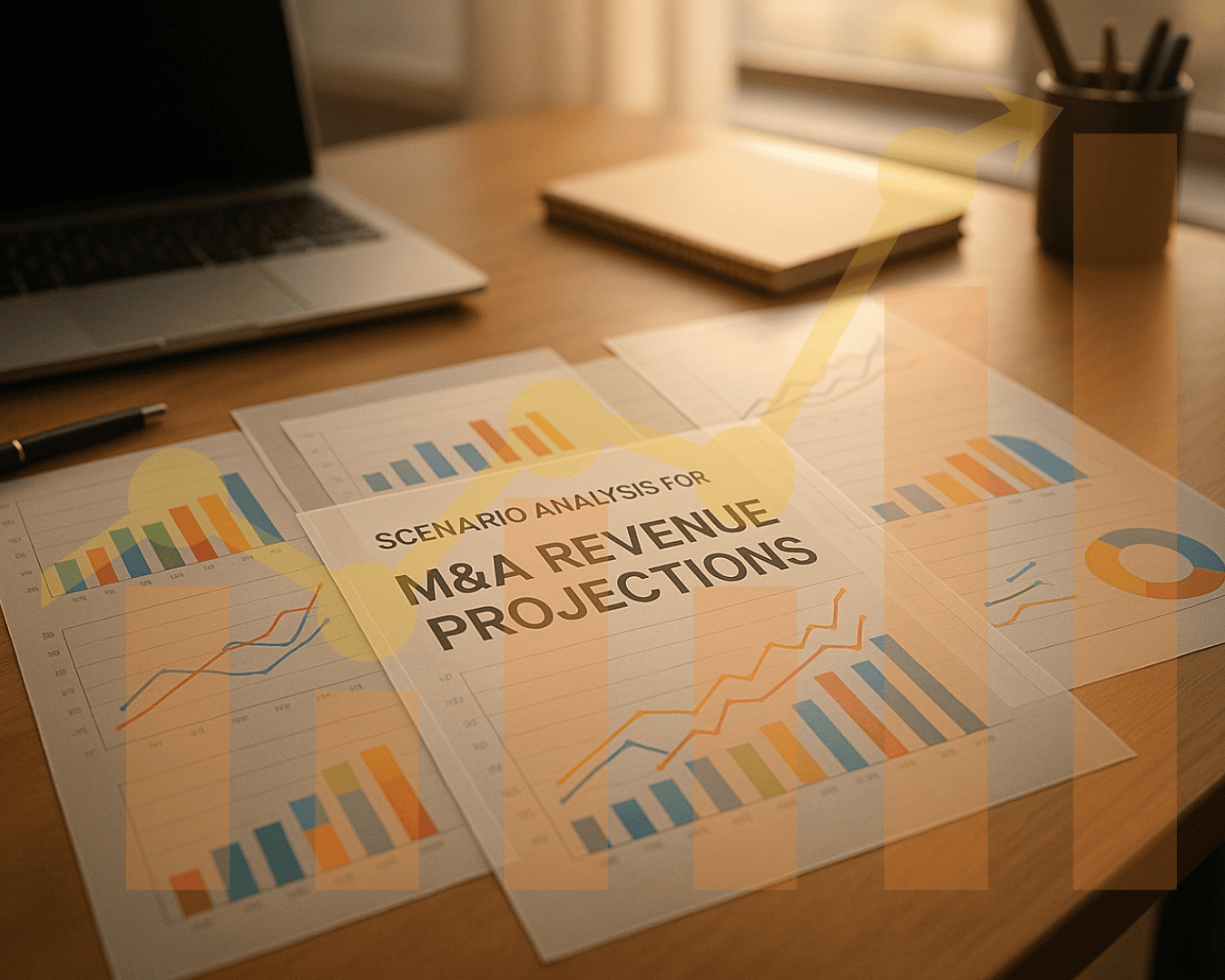





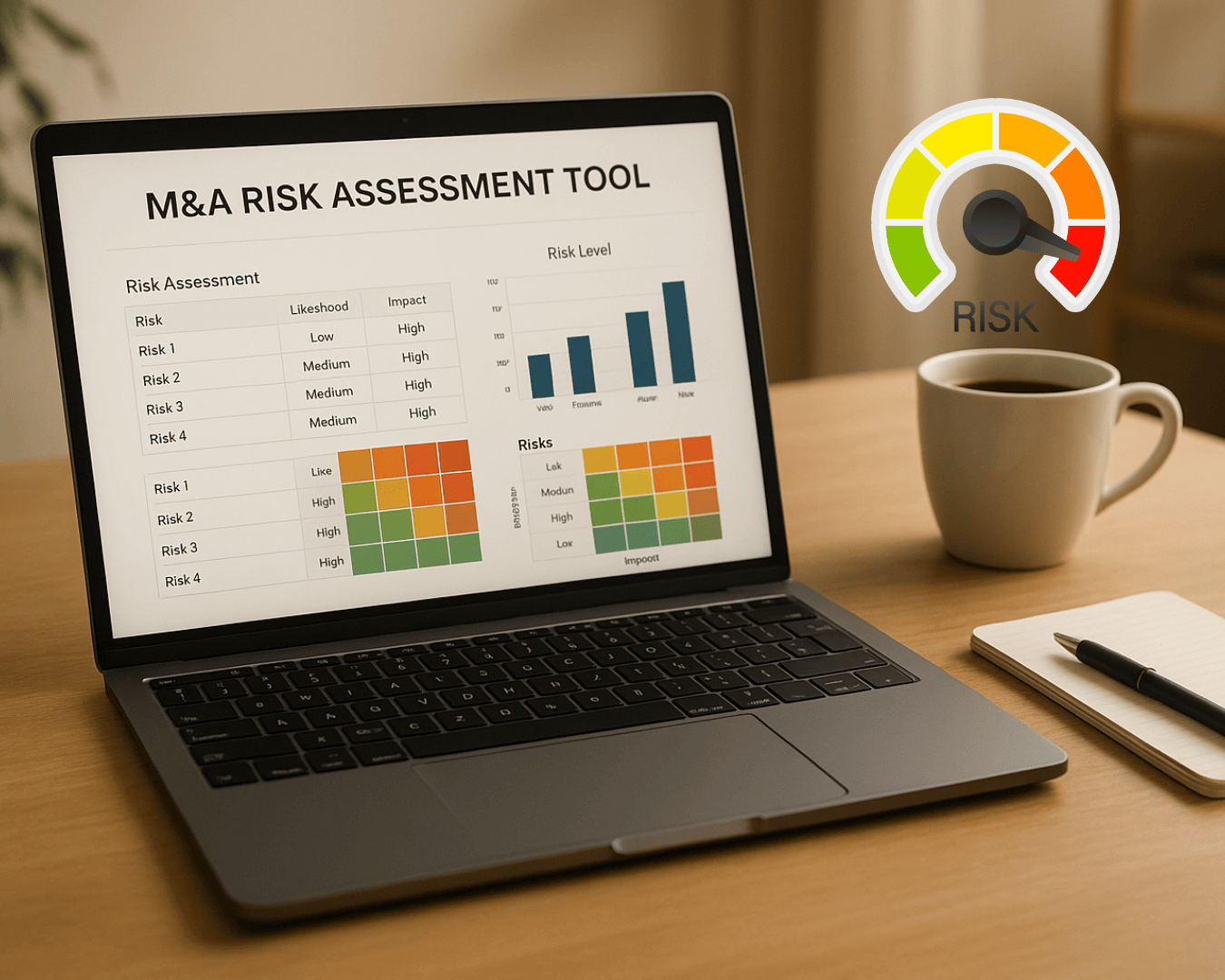











%20Loan%20Application%20Checklist.png)
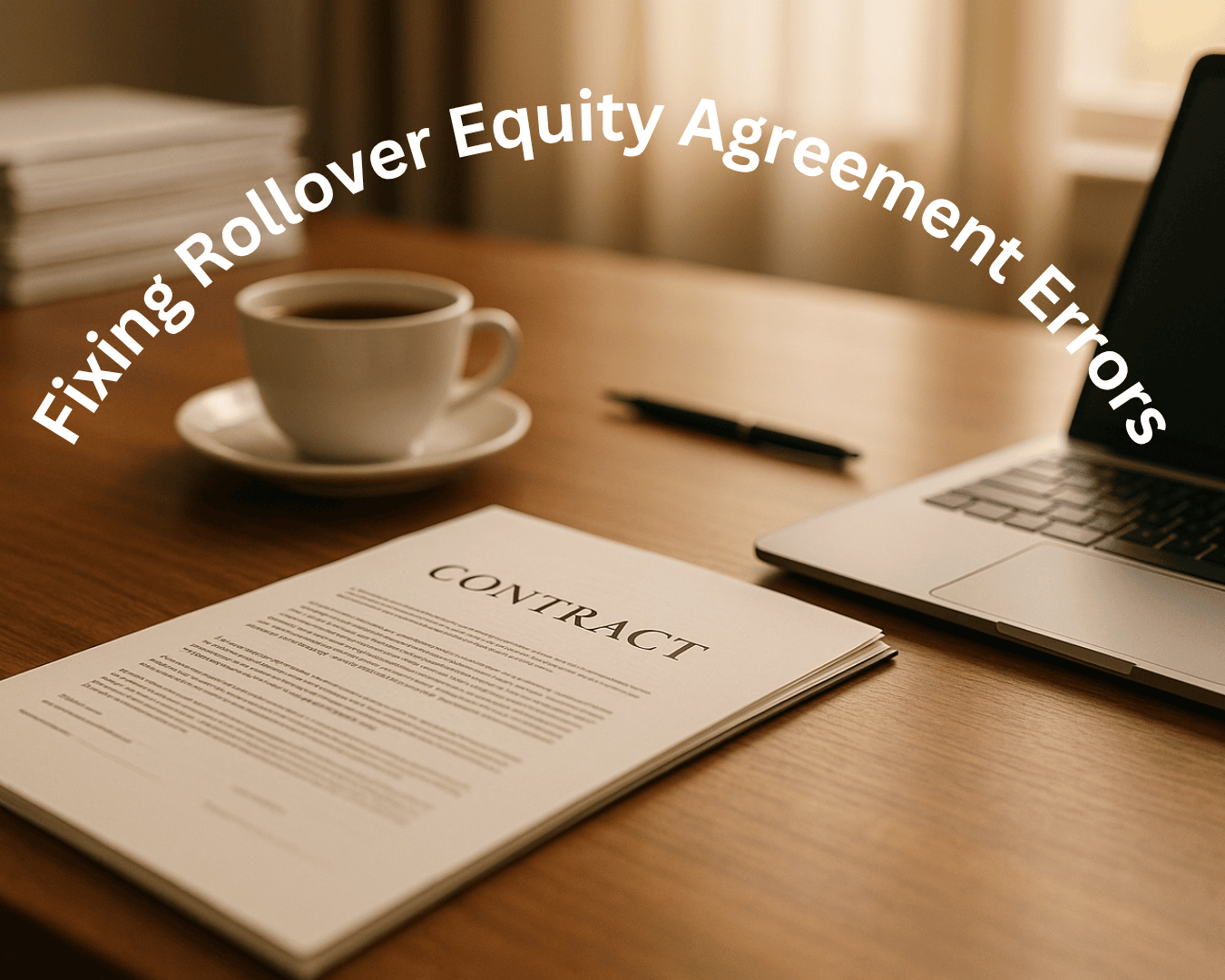
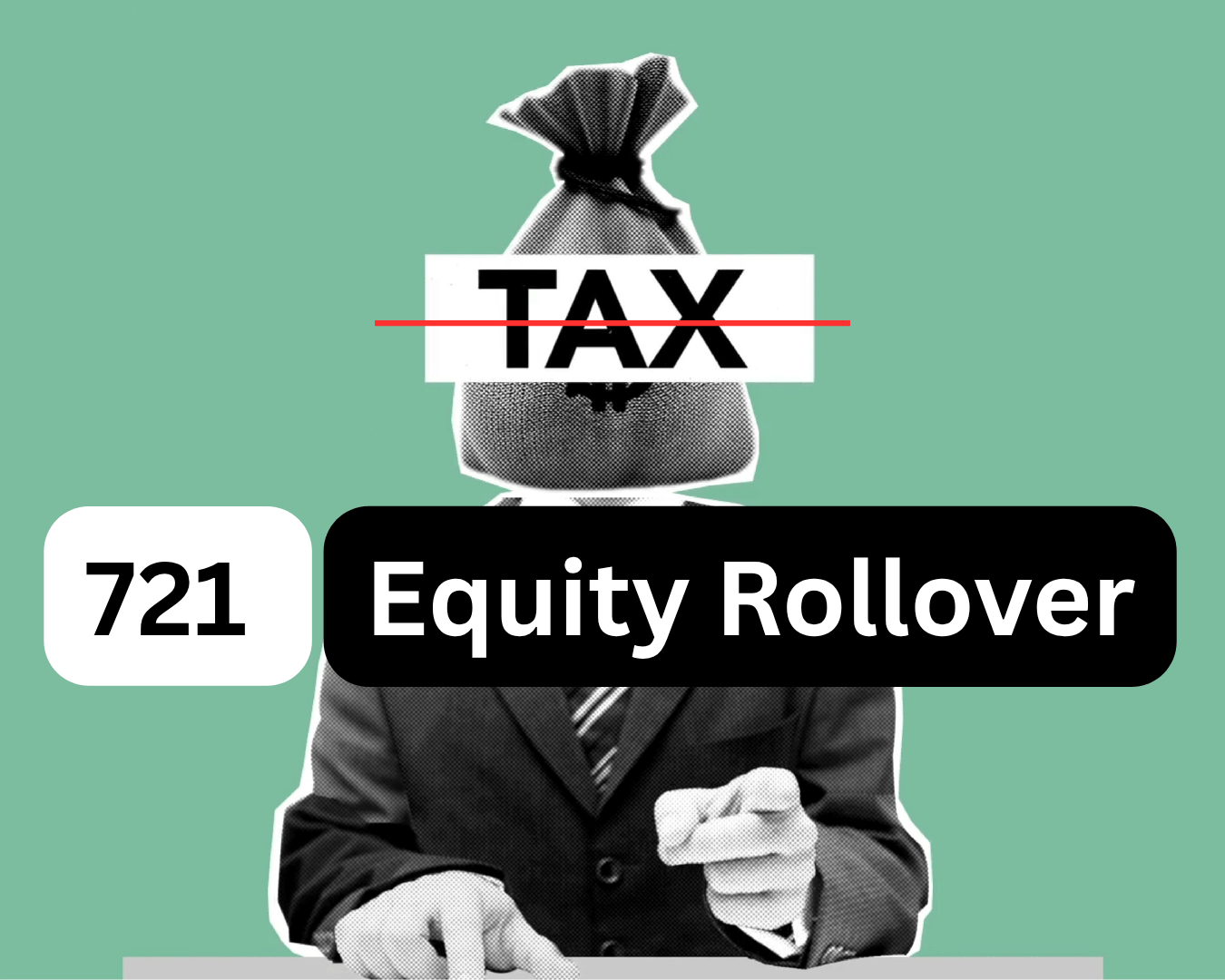









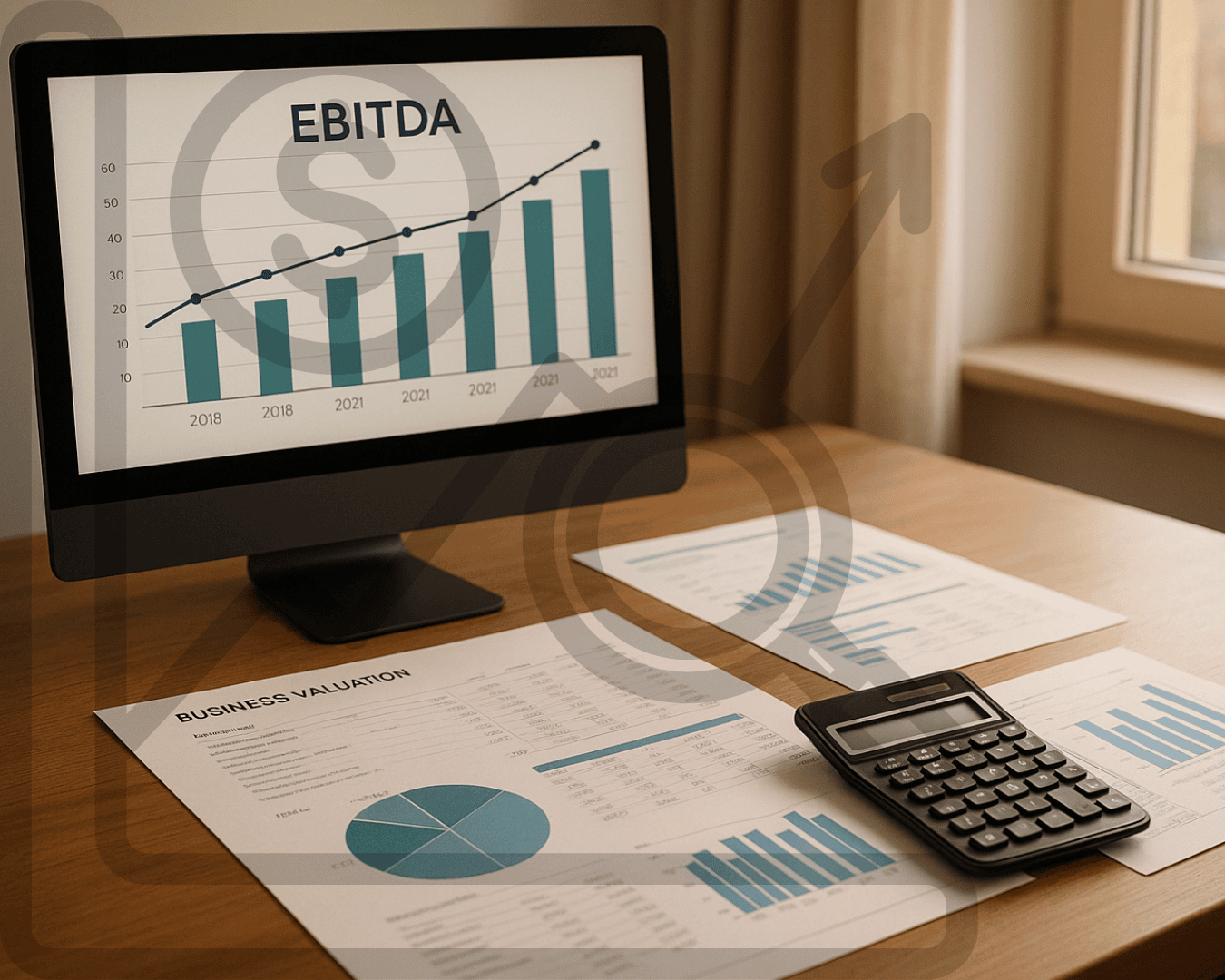





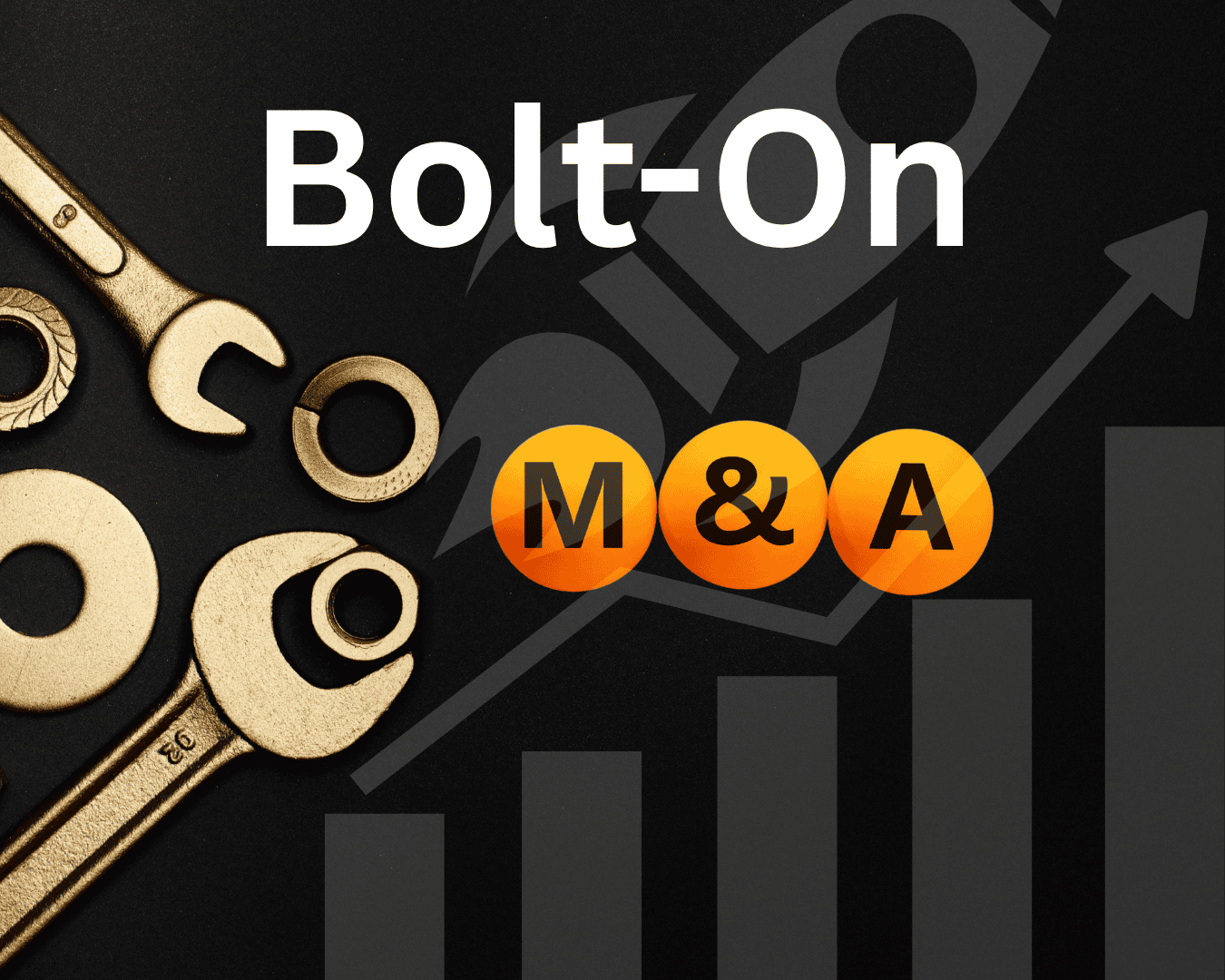










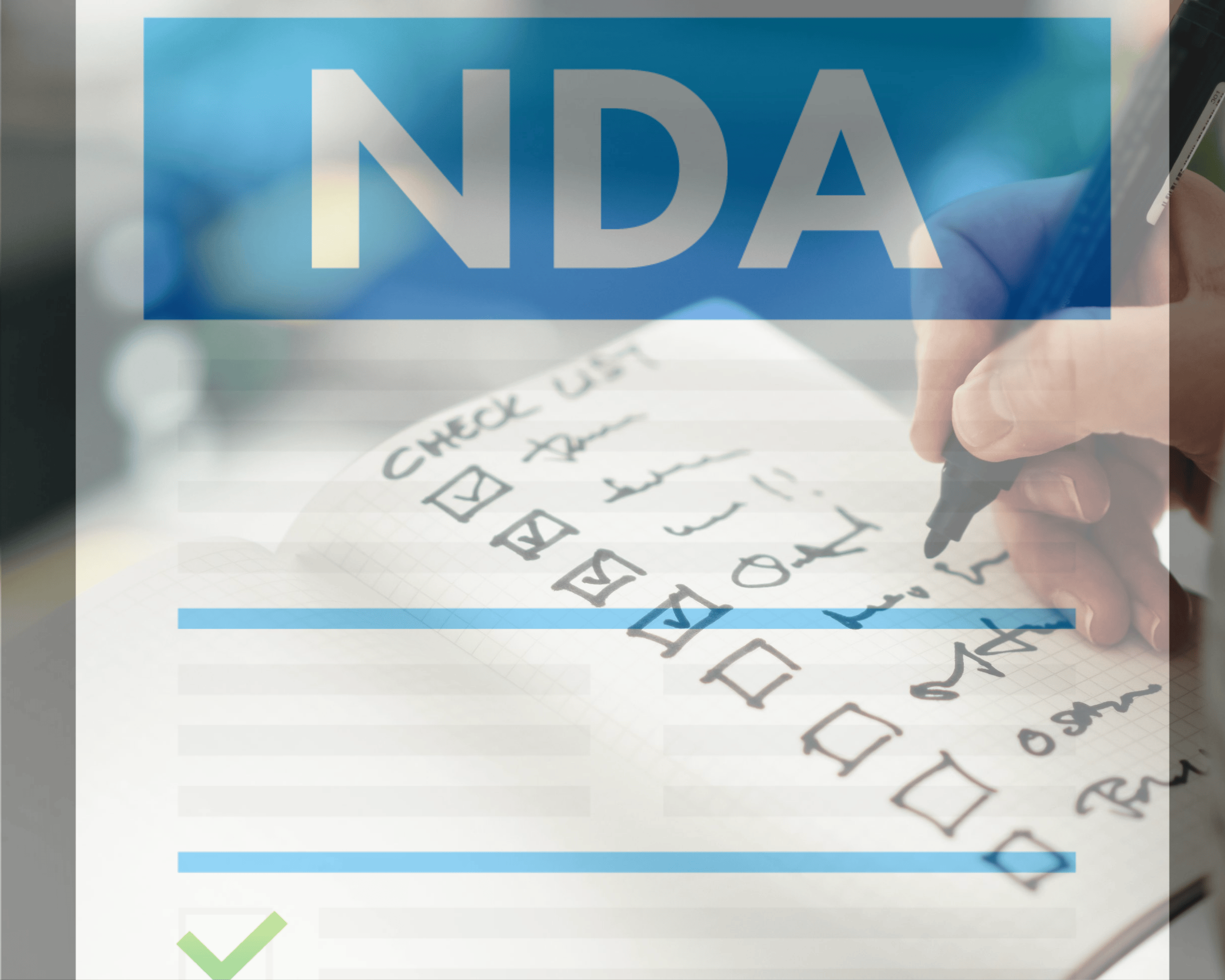


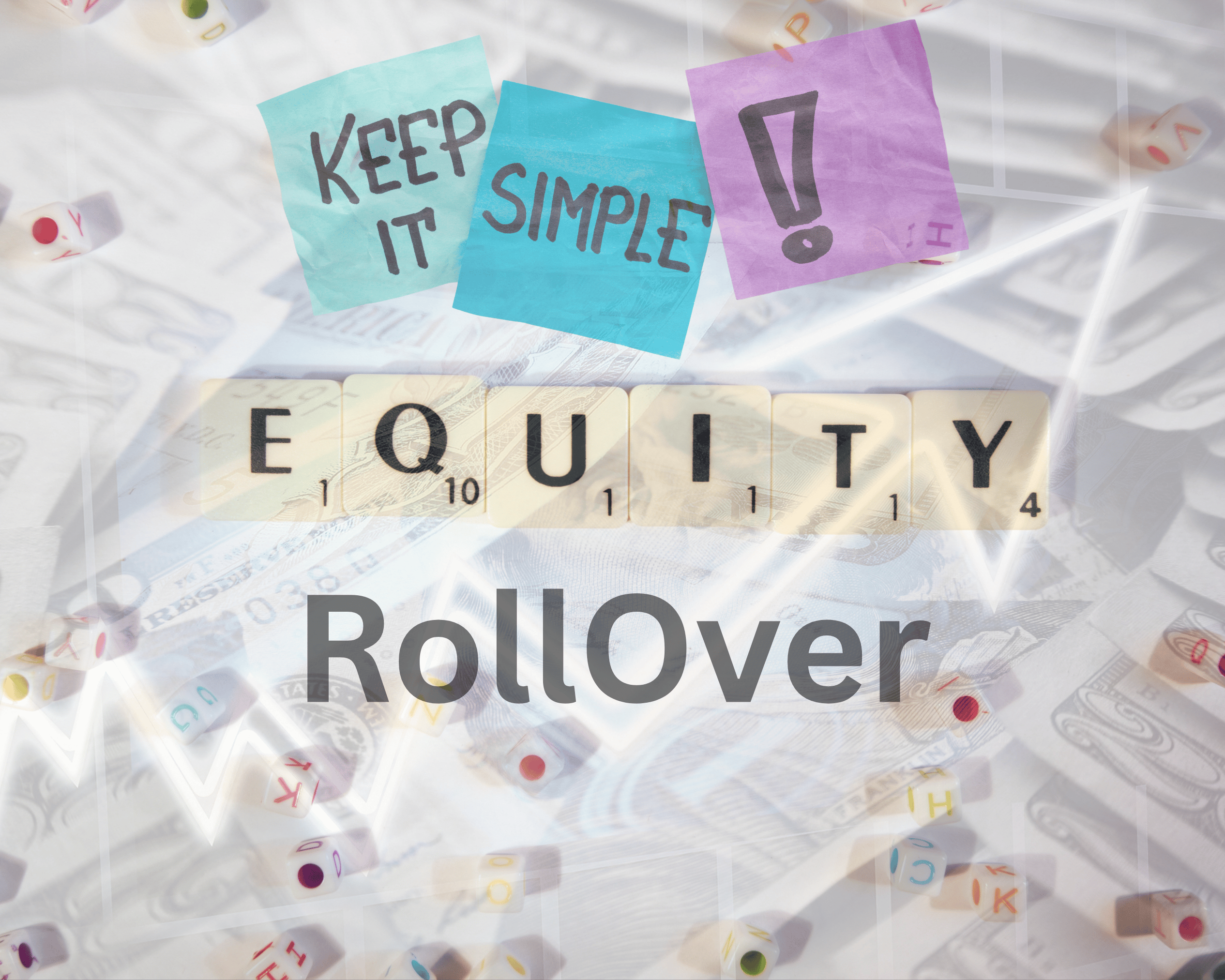







.png)
%20Loans%20%26%20Your%20Buy-Side%20Edge.png)



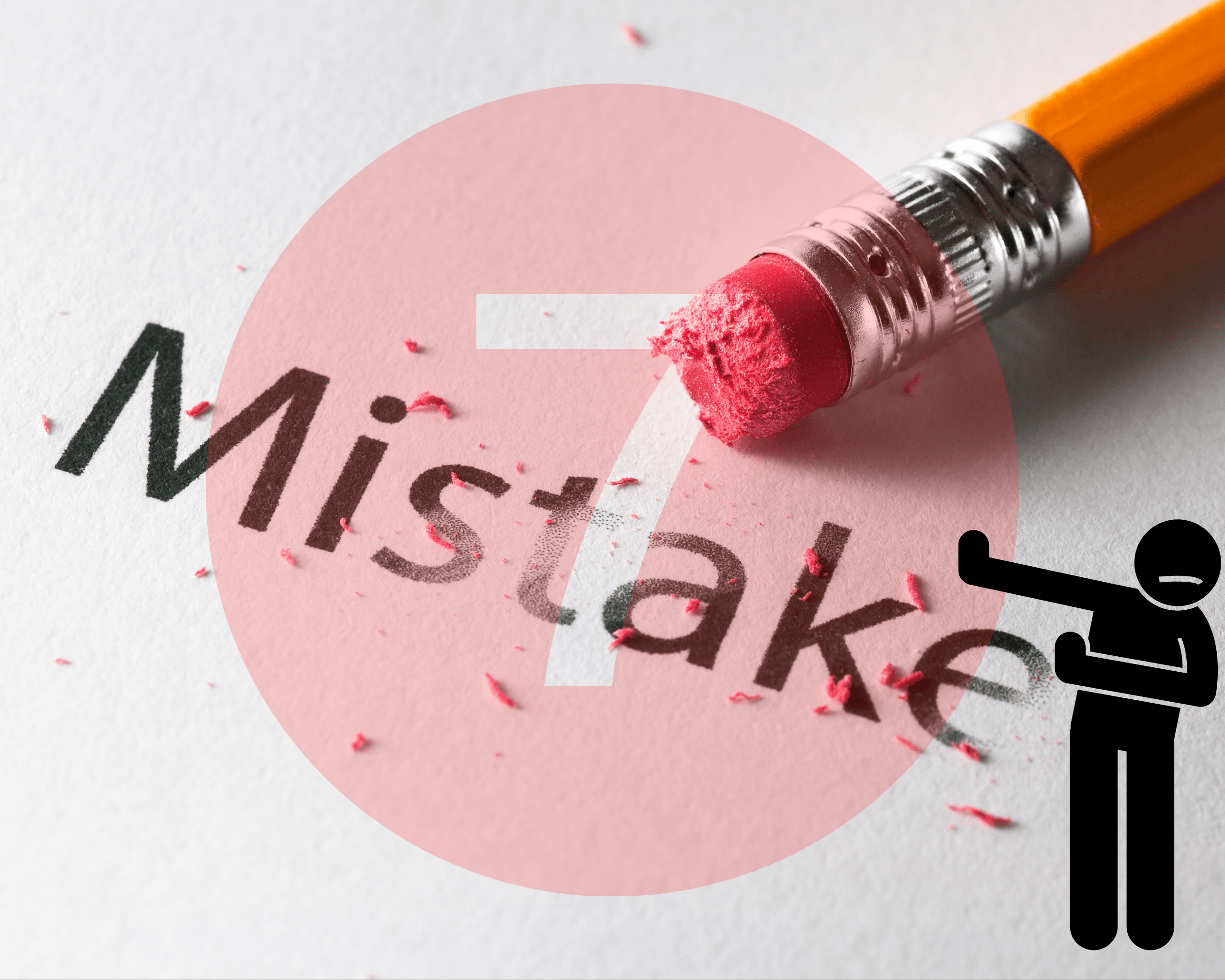





























.png)
.png)
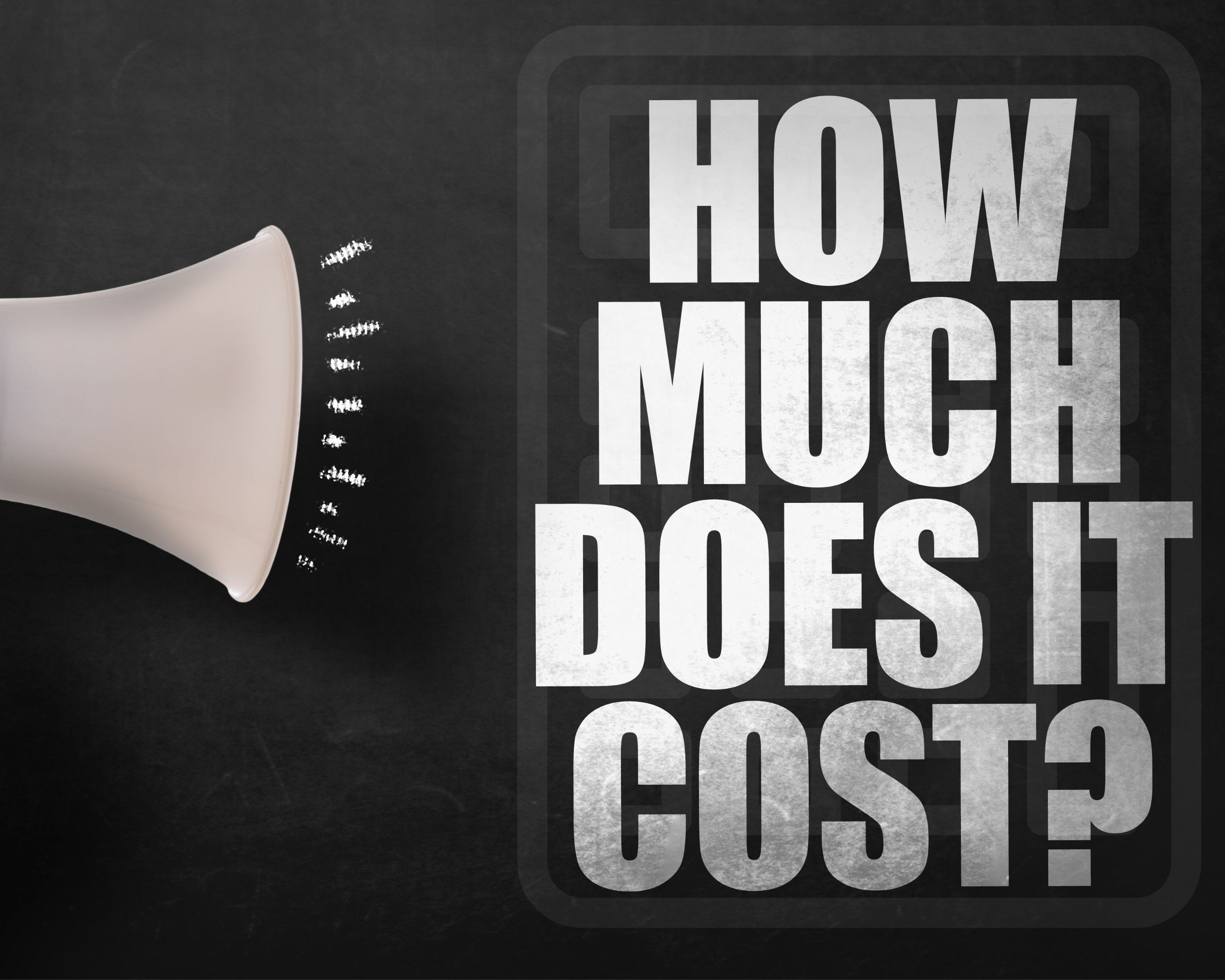

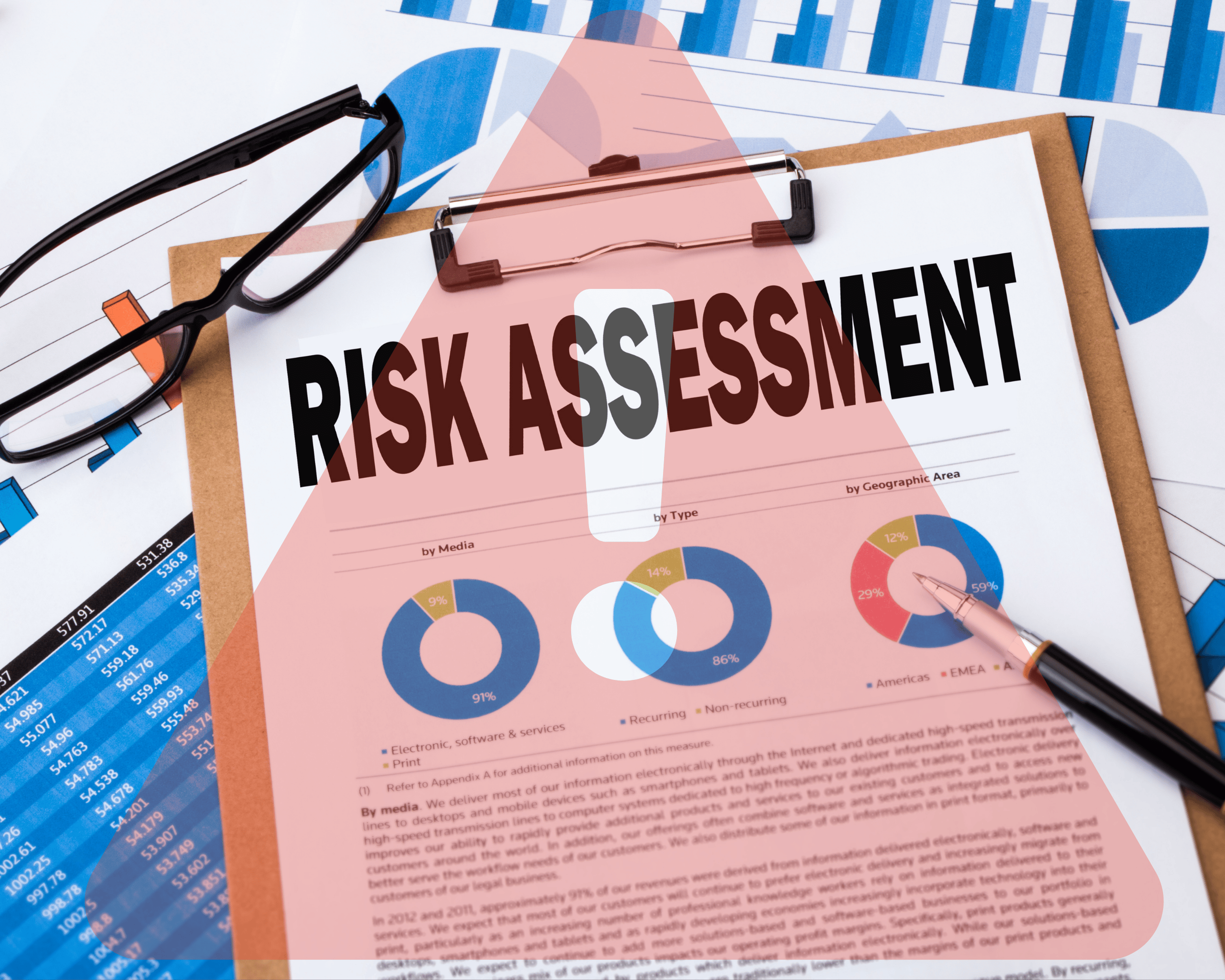
.png)








